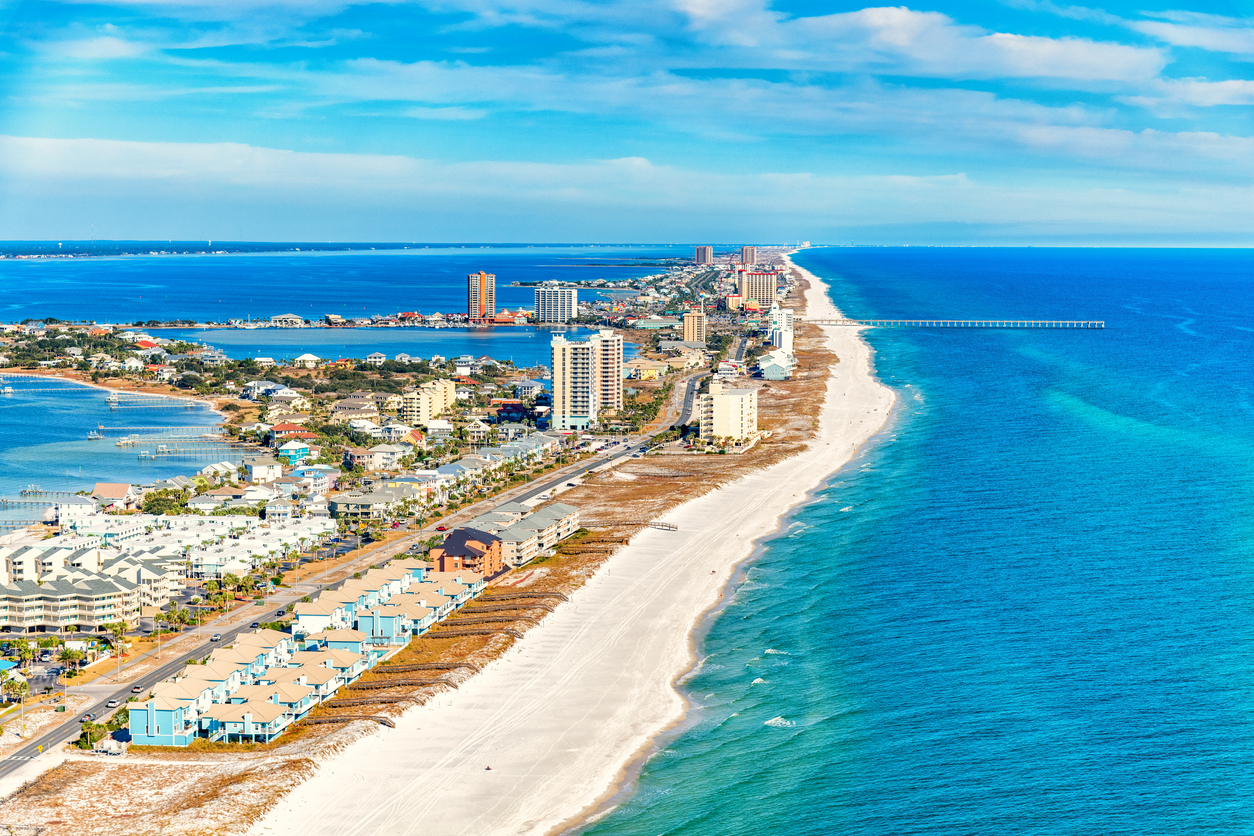David Lynd, a San Antonio-based large-scale apartment building developer, had been expanding his operations in South Florida. However, he recently decided to put one of his new projects on hold.
There is no shortage of demand. People from the tech, finance, and other industries are flocking to the area in search of a place to live. The cost of commercial property insurance in the state, which has more than doubled in the last year, is causing him to reconsider.
“The insurance increase alone can kill a deal,” said Mr. Lynd, CEO of Lynd Group.
Builders’ risk insurance, which covers damage to the building while it is being built, is required for developers. These premiums have increased by 30% in the last two years.
They also require liability insurance, which protects owners against third-party claims for the duration of the project and has quadrupled in price for condos in the last two years.
Rising insurance rates, combined with rising interest rates and inflation, are making many condo and apartment developers in Miami-Dade, Broward, and Palm Beach
Counties unprofitable, according to developers. Insurance costs can exceed 8% of the total cost of some South Florida high-rise projects, according to developers; three years ago, insurance averaged around 2% of project costs.
Many developers are being forced to postpone or cancel their projects entirely.
“The budget numbers we’re giving developers for today’s market are much, much higher than what they expected,” said Fred Zutel, a Florida-focused insurance broker at Lockton. He claims that developers frequently base their budgets on outdated insurance rates from two or three years ago.
According to brokers, lenders, developers, and attorneys, the rise in insurance rates is due to a number of factors. Natural disasters’ frequency and severity have increased the number of claims in the state, and thus the cost of insurance. And it’s only going to get worse. The insurance market has yet to see a premium increase related to
Hurricane Ian, which data and analytics firm Core Logic estimates caused between $41 billion and $70 billion in damage.
The increase in construction projects by the state also plays a role. When the same insurers provide coverage to multiple projects in a small area, the riskiness of their portfolios increases. As new insurers enter the market, their prices rise dramatically.
The rise in construction-defect litigation in Florida has also driven up insurance costs. Condo boards frequently hire independent engineers to inspect buildings as soon as they are finished.
“That engineering group finding construction deficiencies in the building is very common,” said Jason M. Rodgers-da Cruz, an attorney who specializes in such litigation.
He said he will sue on behalf of his clients if developers do not fix the problems or offer compensation.
Because of the risks associated with South Florida, many reinsurers, which act as insurers for insurers, have raised their prices. Many of them had significant exposure in the area where Hurricane Ian made landfall, and as a result, the reinsurance market is expected to raise prices in January, when many contracts renew.
“When you add all of these factors together, it creates the single most difficult environment in the country to obtain insurance,” Mr. Zutel said.
According to insurance brokers, the Champlain Towers collapse in Surfside last year, which killed 98 people, resulted in an unprecedented billion-dollar claim for the industry. While the cause of the collapse is still being investigated, and a variety of factors are being considered, investigators are looking into the impact of construction at the building next door. The insurance industry is already feeling the effects.
“You now have insurance companies dealing not only with claims from the building they’re insuring, but also claims from adjacent buildings,” said Ian Bruce Eichner, a New York-based developer. “That didn’t happen. It’s a brand-new category.”
Mr. Eichner is building La Baia, a luxury waterfront condominium in Bay Harbor. When he couldn’t find any insurers willing to take on less risk for the eight-story, 68-unit project, his broker broadened the search to find more insurers willing to take on less risk; the project is now insured by seven different firms.
According to Ryan Shear, managing partner of PMG, the Waldorf Astoria residential tower, which is currently under construction and will be South Florida’s tallest building at more than 1,000 feet, had to contract with nearly 25 insurers to provide liability insurance for the project. Mr. Zutel, who brokered the deal, said he had never seen so many insurers for one project.













